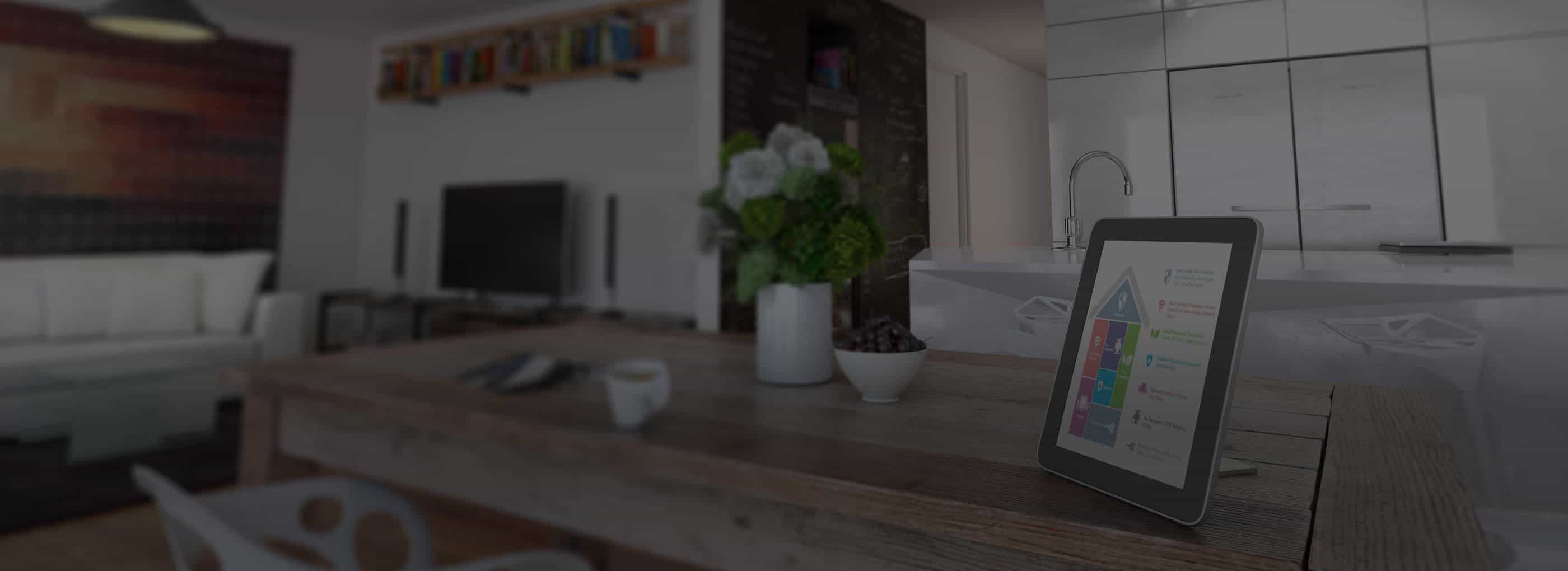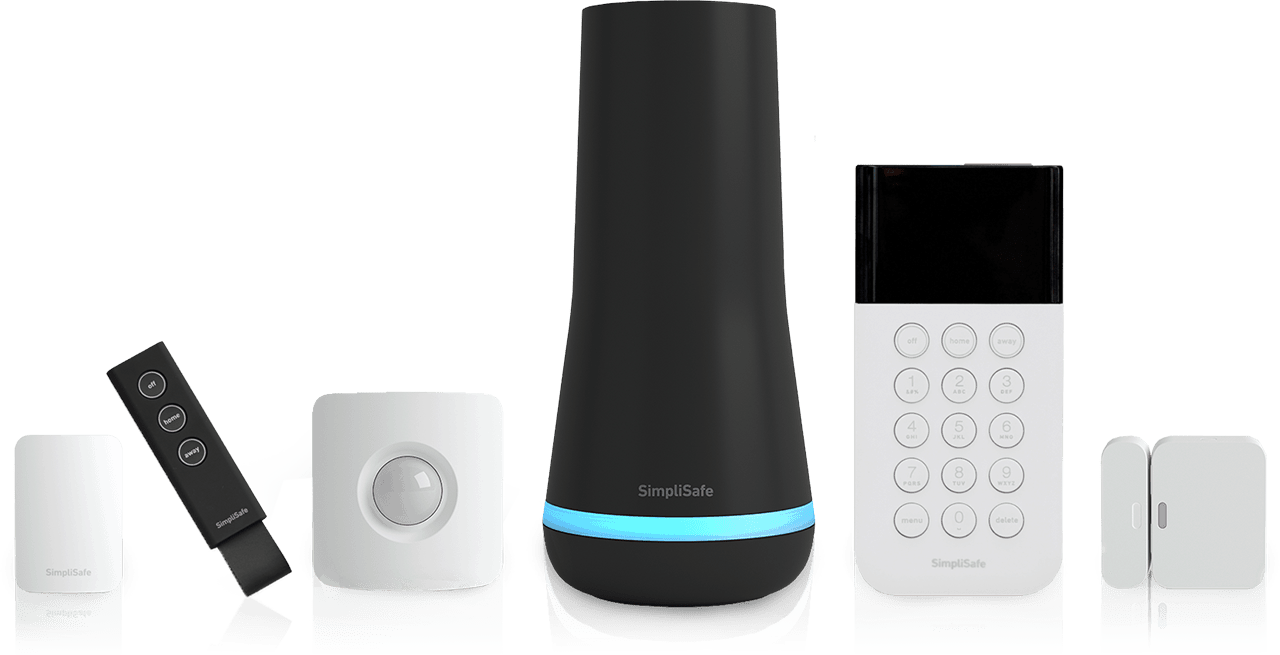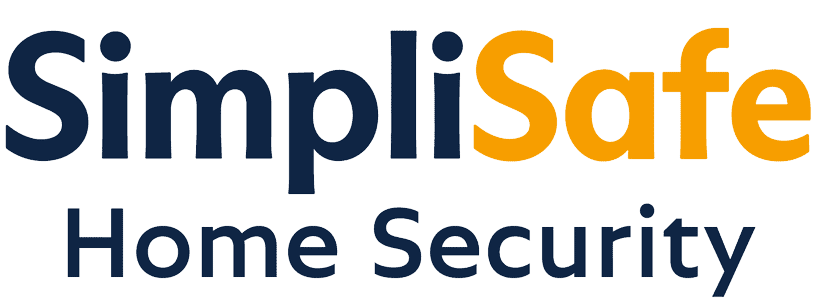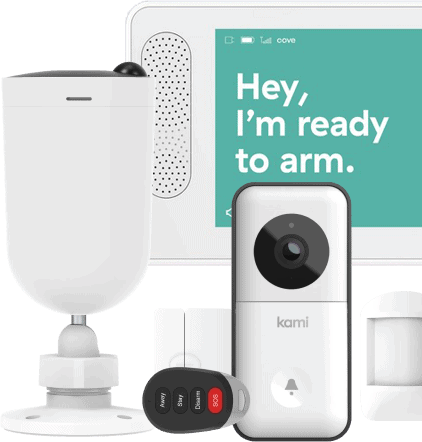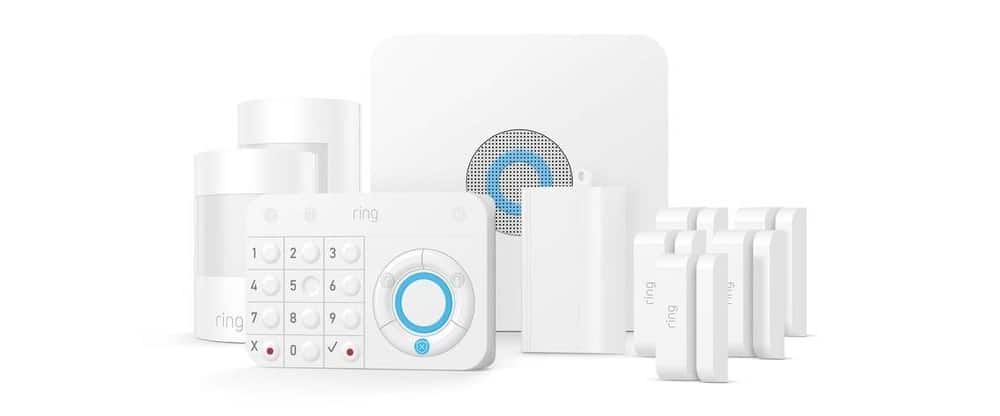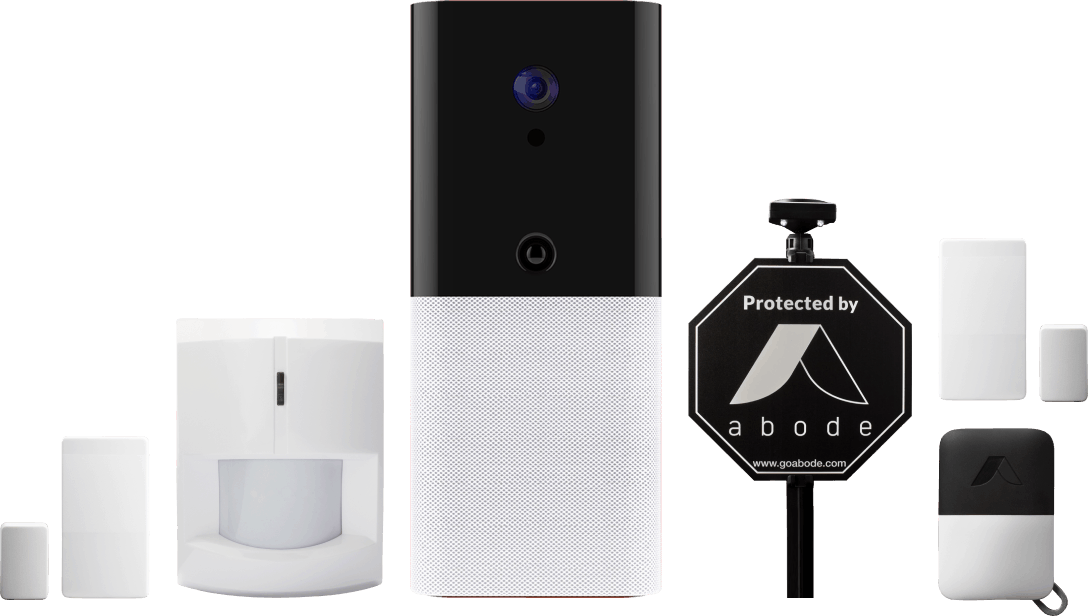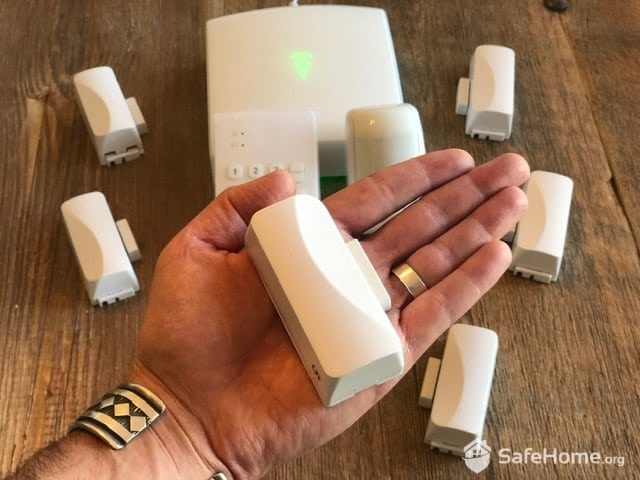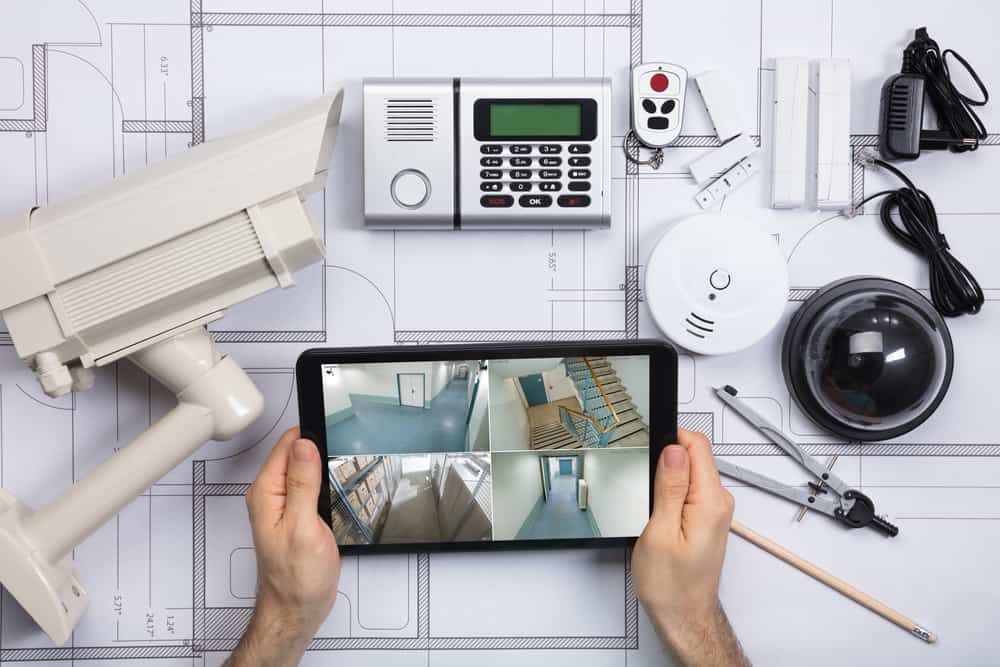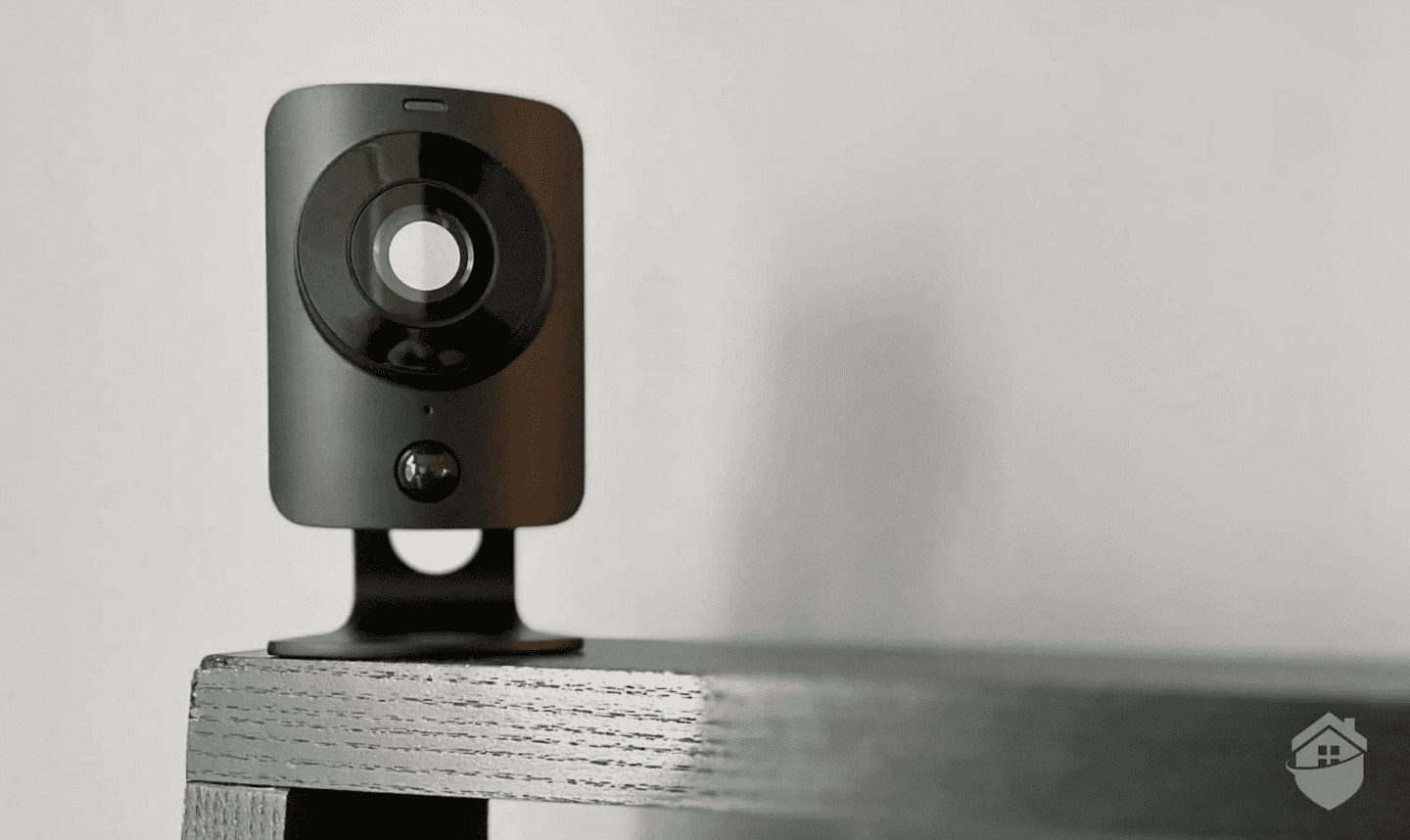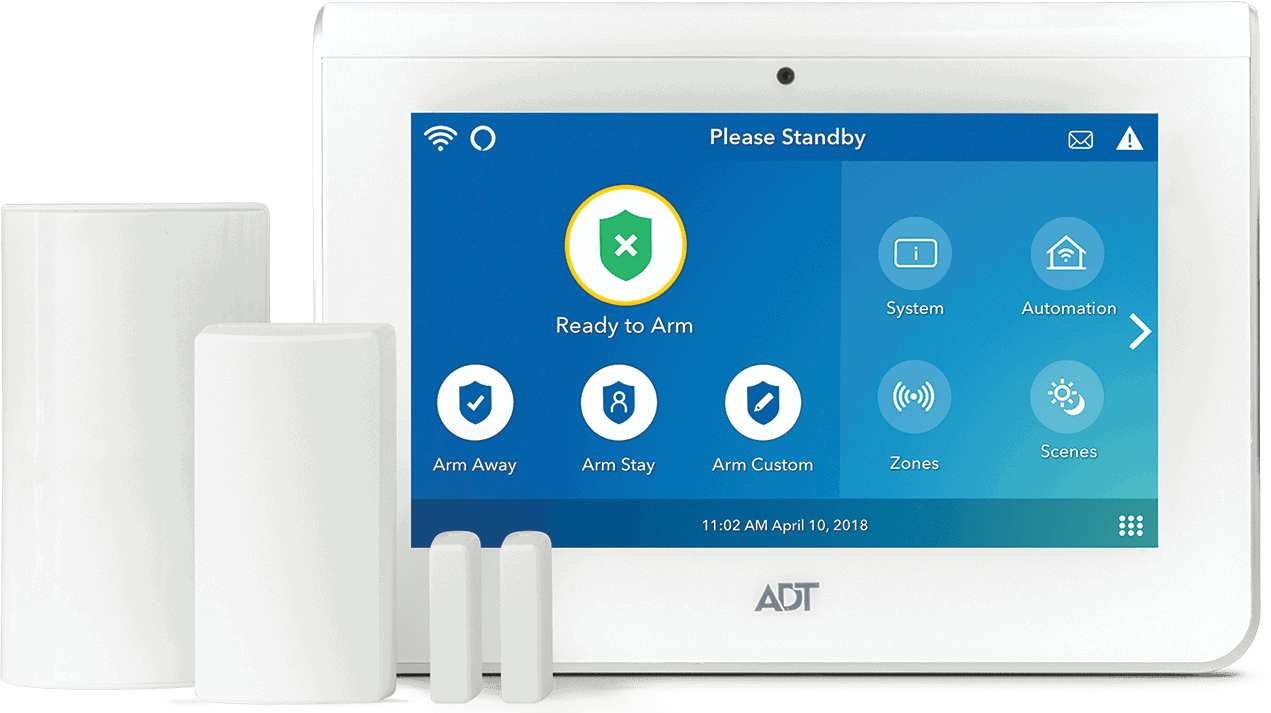abode’s Best Feature
abode frequents my best security systems lists because of its impressive home automation features. It rivals Vivint and is a good Vivint alternative if you’re looking for a customizable system you can use to automate your home.
In my experience, abode’s home automation features are a breeze to set up thanks to CUE, the automation engine built into the abode smartphone and web app. It allowed me to customize automation rules, set schedules, and create easy-to-activate scenes. And since abode works with so many third-party products — even my existing Nest Thermostat — I was able to really customize my home.
On this list, abode is the only one that offers real home automation. SimpliSafe and Ring Alarm work with Alexa and Google Assistant but don’t offer their own automation platform. Cove has an in-app automation feature, but since it doesn’t really work with third-party products, it has limited use. With abode, both integrations and automations are possible. And even though Ring is owned by Amazon, I still liked abode’s integration better when I directly compared Ring and abode.
How abode’s Contract-Free Monitoring Works
abode’s monitoring worked pretty much like SimpliSafe’s. Keep in mind that integrations will work even if you don’t have a monitoring plan. Integrated smart home products will be controllable through the abode app. However, abode’s home automation platform, CUE, works only when you have a monitoring plan. That’s one of the big differences I talk about in my SimpliSafe vs. abode comparison.
The good news is you don’t have to go with professional monitoring. abode offers a premium self-monitoring option for $6.99 per month. That, too, includes CUE plus a few premium features like access to camera recordings, a 10-day timeline of history logs, an in-app panic alarm, and premium customer support. I personally switched to this plan when I worked from home for a month, but the rest of the time, I went with the Pro Plan ($24.99 per month) with professional monitoring.
Here’s the breakdown of those plans and their features:
| Features and cost |
Pro Plan
(Professional Monitoring) |
Standard Plan
(Premium Self-Monitoring) |
| Monthly price |
$24.99 |
$6.99 |
| Annual price |
$229.99 (save $70) |
$69.99 (save $14) |
| Professional monitoring |
Yes |
No |
| Cellular backup |
Yes |
No |
| CUE home automation |
Yes |
Yes |
| Premium customer support |
Yes |
Yes |
| Live and recorded videos |
Yes |
Yes |
| 10-day timeline of events |
Yes |
Yes |
| Smart Detect in security cameras |
Yes |
Yes |
| Access to exclusive deals |
Yes |
No |
How abode Protects Homes
Home automation aside, abode has pretty big holes to fill when it comes to protecting homes. For starters, it offers only one security camera. It’s an indoor/outdoor camera, but still, it would have been better if it had a camera built specifically for indoor use and a different one built for outdoor use. All the other options on this list provide at least three choices for security cameras. Second, abode doesn’t offer that many sensors. It makes up for that by being able to connect with third-party devices, but direct sensor pairing is still the best, in my humble opinion.
On the bright side, abode proved to be a reliable system. App alerts came in quickly, about five to 10 seconds after a sensor is triggered. There’s also cellular backup too, but only if you’re on the Pro Plan. Otherwise, you’d need to make sure your network is in tip-top shape to avoid missed alerts.
Overall, I give abode a thumbs up. It works best for people looking for a security system with strong home automation, but it works well as a plain security system too.
